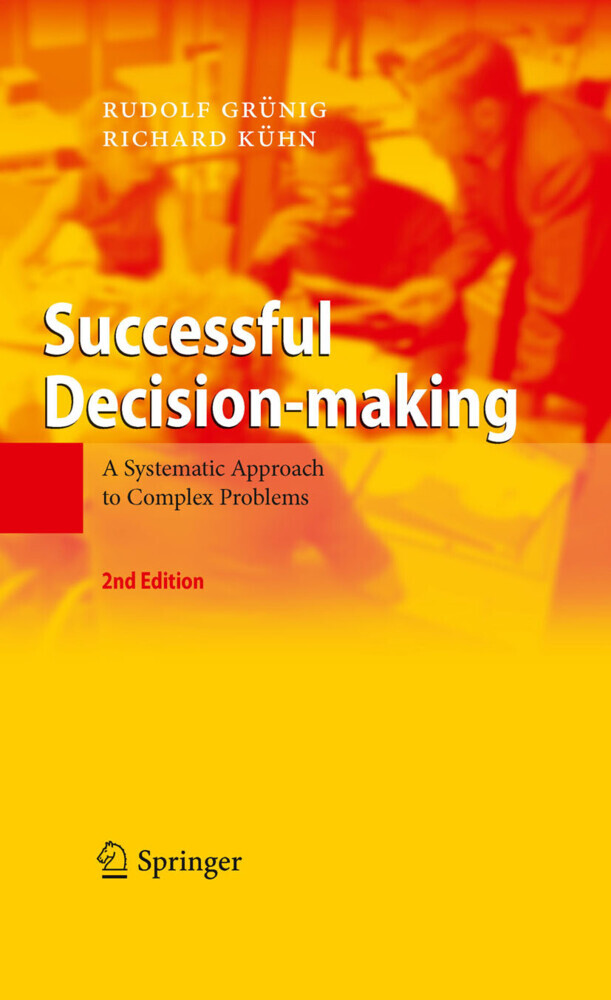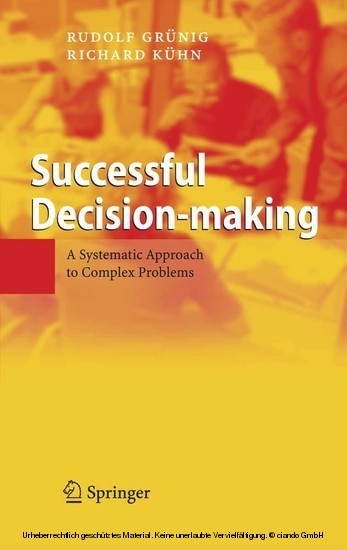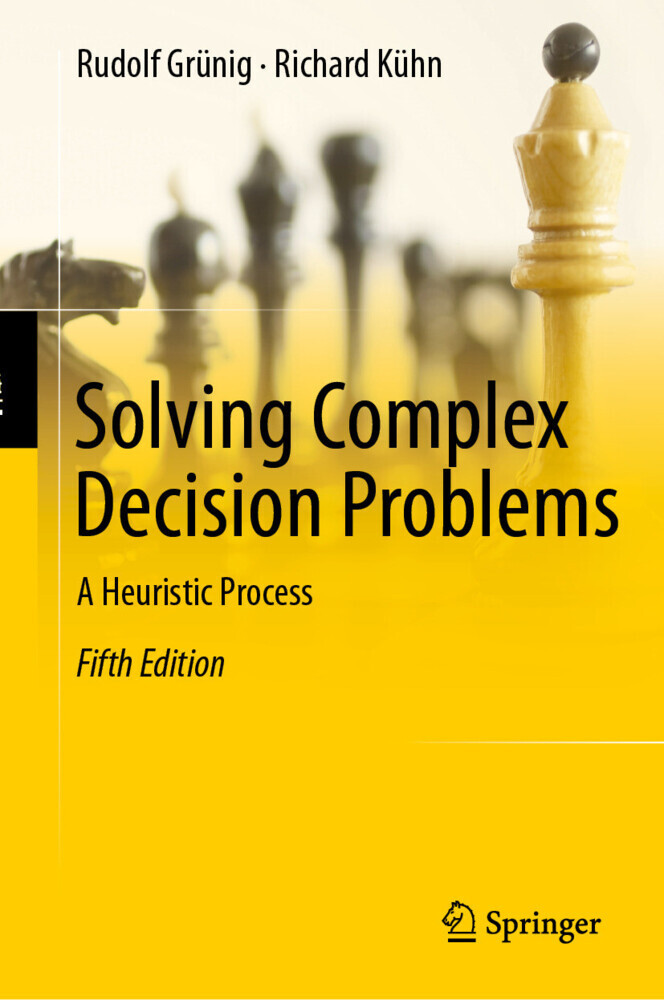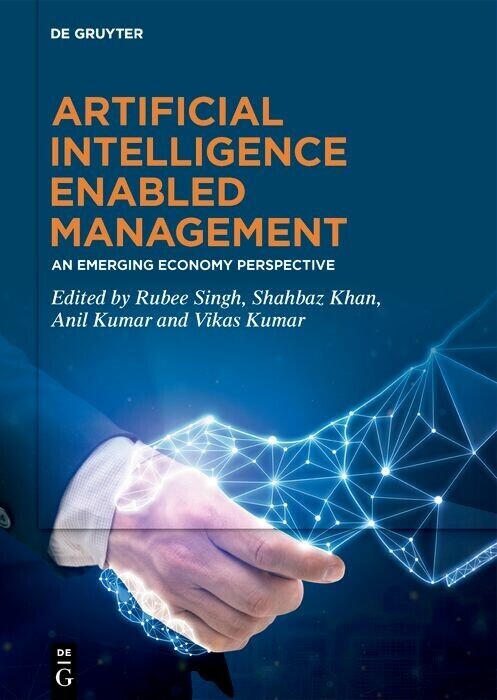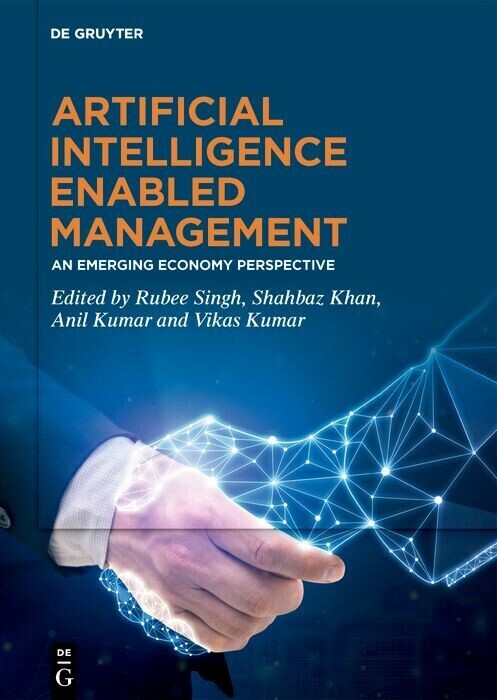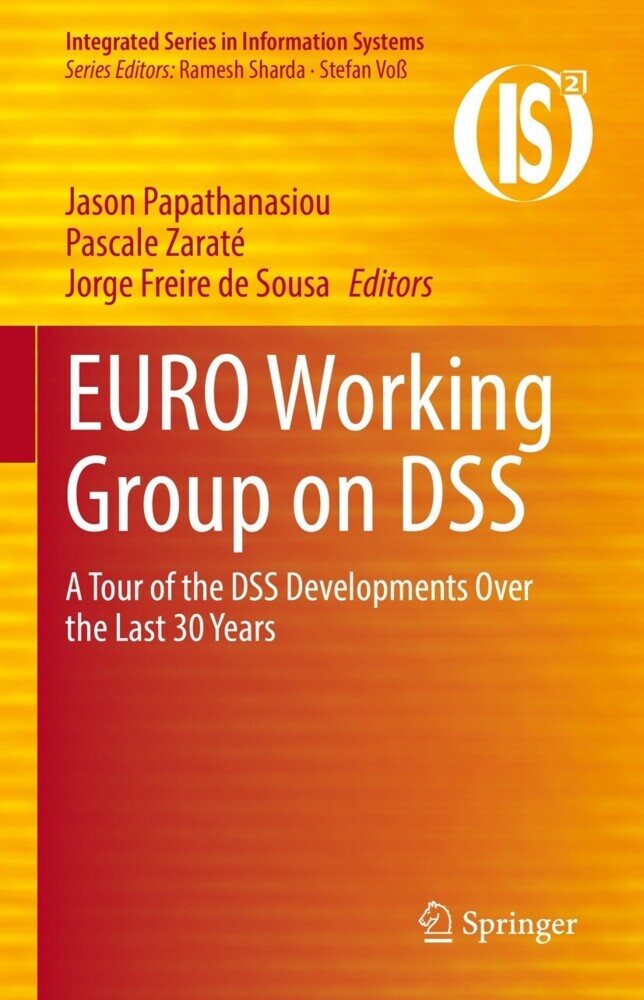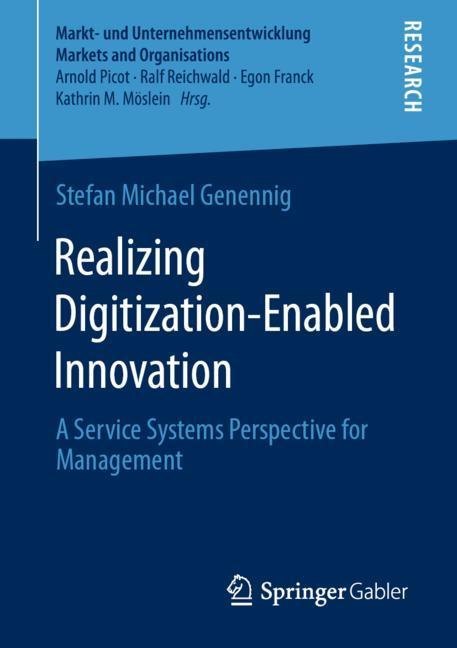Successful Decision-making
A Systematic Approach to Complex Problems
Making decisions is certainly the most important task of a manager and it is often a very difficult one. This book offers a decision making procedure for solving complex problems step by step. Unlike other texts, the book focuses on problem analysis, on developing solution options and on establishing the decision making matrix. The book is intended for decision makers in companies, in non-profit organisations and in public administration. It is an approach to helping them to solve complex problems successfully. The book is also addressed to students and to participants in executive courses.
1;Contents;72;List of figures;113;List of insets;164;Introduction;175;Part One: Decision problems and decisionmaking procedures;205.1;1 Decision problems;215.1.1;1.1 The decision problem;215.1.2;1.2 Ways of solving decision problems;215.1.3;1.3 Types of decision problems;245.2;2 Goal and problem-finding systems as requirements for the discovery of decision problems;305.2.1;2.1 The functions of goal and problem-finding systems in the discovery of decision problems;305.2.2;2.2 Goal systems;315.2.3;2.3 Problem-finding systems;355.3;3 Rational decisions;415.3.1;3.1 The sequence of events in decision-making procedures as a framework for rational decisions;415.3.2;3.2 The requirements of a rational decision process;475.3.3;3.3 Support for rational decision making from management science;515.4;4 Decision-making procedures;525.4.1;4.1 Decision-making procedure defined;525.4.2;4.2 The different types of decision-making procedures;536;Part Two: A general heuristic decision-making procedure;676.1;5 Overview of the decision-making procedure;696.1.1;5.1 The value of a general heuristic decision-making procedure;696.1.2;5.2 The proposed sequence of tasks;706.1.3;5.3 A brief explanation of the tasks;736.1.4;5.4 The basis of the general heuristic decision-making procedure;796.2;6 Discovering and analyzing the decision problem;836.2.1;6.1 Discovering the decision problem;836.2.2;6.2 Analyzing the decision problem;876.3;7 Developing and evaluating options;1016.3.1;7.1 Developing options;1016.3.2;7.2 Defining the decision criteria;1076.3.3;7.3 Drawing up possible scenarios;1126.3.4;7.4 The configuration of the decision problem as result of Steps 3, 4 and 5;1176.3.5;7.5 Determining the consequences of the options;1196.4;8 Establishing the overall consequences of the options and making the final decision;1256.4.1;8.1 General considerations;1256.4.2;8.2 Overview of the decision maxims and their applicability;1296.4.3;8.3 Decision maxims for overcoming polyvalence;1336.4.4;8.4 Decision maxims for overcoming risk;1406.4.5;8.5 Decision maxims for overcoming uncertainty;1486.4.6;8.6 Using decision maxims in combination to overcome polyvalence and risk or polyvalence and uncertainty;1526.4.7;8.7 Evaluation of the decision maxims;1566.5;9 A case study illustrating the application of the procedure;1586.5.1;9.1 The situation;1586.5.2;9.2 Discovering and analyzing the problem;1606.5.3;9.3 Developing and evaluating options;1706.5.4;9.4 Making the decision;1797;Part Three: Special issues and approaches to resolving them;1807.1;10 Decision sequences;1827.1.1;10.1 What do we mean by a decision sequence?;1827.1.2;10.2 Using decision trees to represent decision sequences;1837.1.3;10.3 Choosing the best option in a decision sequence;1857.1.4;10.4 Case study with a decision sequence;1877.2;11 Information procurement decisions;1947.2.1;11.1 Information procurement as a decision at the meta-level;1947.2.2;11.2 Recommendations for decisions on information procurement;1957.3;12 Collective decisions;2067.3.1;12.1 Collective decisions and their growing importance in companies;2067.3.2;12.2 Group goal systems and group decision behaviour;2087.3.3;12.3 Rules for making collective decisions;2148;Final remarks;2289;Glossary;22910;Index;23611;Bibliography;242
Grünig, Rudolf
Kühn, Richard
Clark, A.
O'Dea, C.
| ISBN | 9783642008542 |
|---|---|
| Artikelnummer | 9783642008542 |
| Medientyp | E-Book - PDF |
| Auflage | 2. Aufl. |
| Copyrightjahr | 2009 |
| Verlag | Springer-Verlag |
| Umfang | 239 Seiten |
| Sprache | Englisch |
| Kopierschutz | Adobe DRM |

